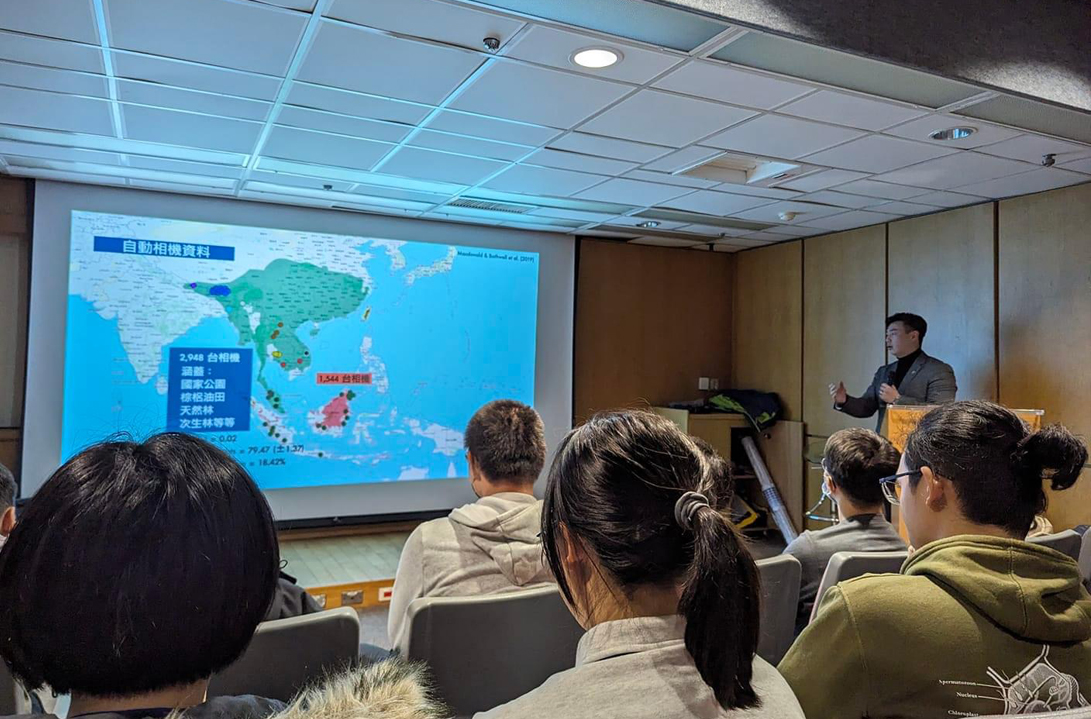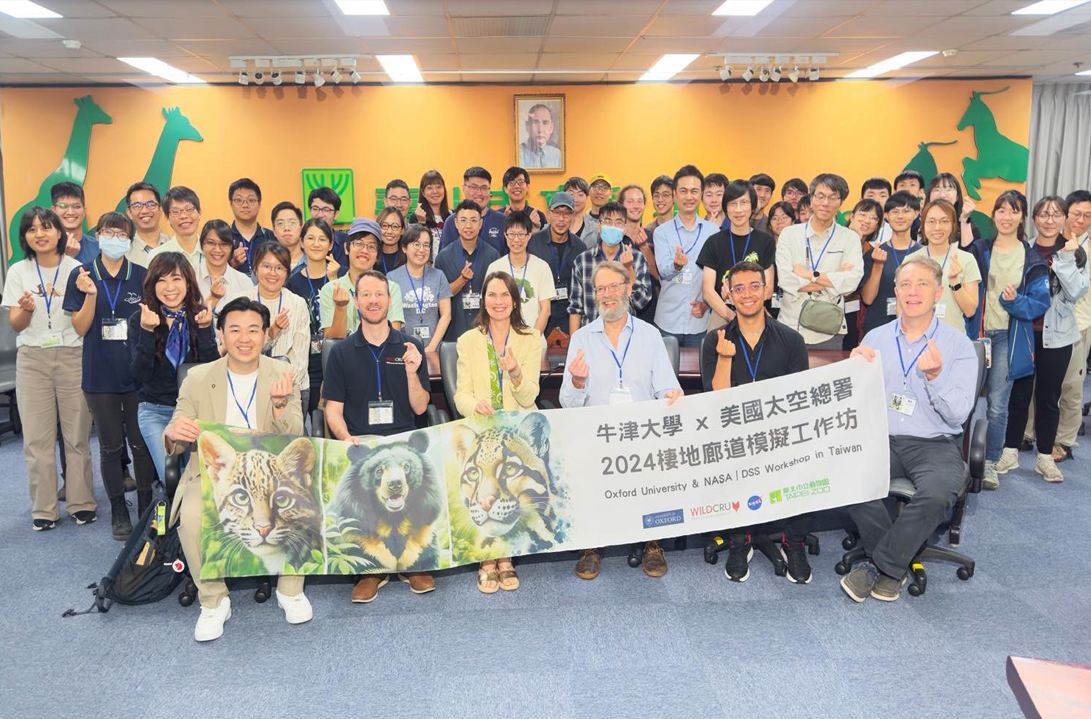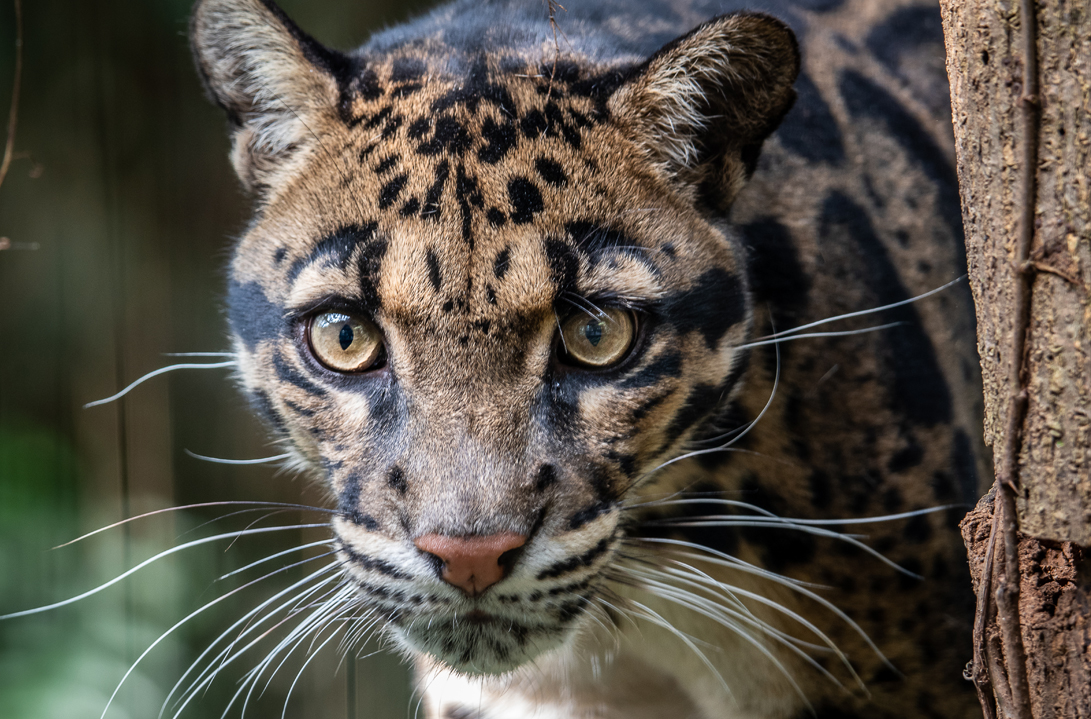The Clouded Leopard Reintroduction Project leverages cutting-edge, data-driven algorithms to assess the feasibility of reintroducing the clouded leopard (Neofelis nebulosa) to Taiwan. By integrating habitat suitability models, corridor simulations, and prey resource assessments, our team of scientists aims to develop an optimised reintroduction strategy for Taiwan’s government and local conservation authorities to implement this ambitious conservation initiative.
CONSERVATION CONTEXT
The Clouded Leopard Reintroduction Project seeks to address key research and conservation challenges related to the potential reintroduction of the clouded leopard to Taiwan. Declared extirpated from Taiwan following extensive camera trapping studies, the clouded leopard’s absence will have influenced the island’s terrestrial ecosystem. Recent recovery of forest coverage and prey abundance, such as wild boar and sambar deer, suggest that Taiwan’s environment may now be capable of supporting a viable clouded leopard population. However, rigorous scientific evaluation is necessary to assess whether reintroduction is feasible under current ecological conditions, making this research critical.
The research focuses on three conservation issues: identifying suitable habitat for the species, ensuring landscape connectivity within identified suitable patches, and assessing the availability of prey resources needed to sustain a stable population. Conducting this research is vital not only to ensure that reintroduction efforts are scientifically sound but also to restore Taiwan’s ecosystems by reintroducing a top predator. This project will provide the necessary scientific foundation for developing a comprehensive reintroduction strategy, directly informing conservation authorities and contributing to global efforts to conserve this vulnerable species.

Leo presenting suitable habitat findings at the Congress of Animal Behavior and Ecology, Taiwan.

Leo with WildCRU members and NASA collaborators hosting a workshop in Taipei Zoo to introduce the Decision Support System.

APPROACH
The project employs a data-driven approach to evaluate the feasibility of reintroducing clouded leopards to Taiwan, assessing suitable habitats with a cutting-edge, multi-scale habitat selection model. Potential movement corridors are explored with UNIversal CORridor Simulation (UNICOR) to ensure habitat connectivity, which is essential for the long-term survival of the species.
An in-depth evaluation of prey availability across Taiwan – essential for underpinning a stable clouded leopard population, is also being conducted by analysing nine years of camera trapping data from 365 stations to evaluate prey abundance and distribution. Additional camera traps, following the Random Encounter Model (REM), have been deployed to estimate prey density.
By combining habitat suitability assessments, corridor simulations, and prey resource evaluations, the project aims to develop a comprehensive and scientifically sound reintroduction strategy. This approach ensures that conservation efforts are well-informed and optimised for success.
IMPACT HIGHLIGHTS
Provides a scientific foundation for the potential reintroduction of clouded leopards to Taiwan.
Helps restore ecological balance by reintroducing an apex predator, enhancing forest health and stabilising wildlife populations.
Offers a model for data-driven species reintroduction strategies to support effective conservation.
PROJECT MEMBERS
WildCRU DPhil Candidate Yi Feng Leo Wang is the lead researcher and the originator of the project. Prof. David Macdonald serves as the Chair of the team, providing essential advice and guidance. Senior research fellows, Dr. Andrew Hearn, Dr. Paul Johnson, Dr. Samuel Cushman, and Dr. Zaneta Kaszta, make up the advisory team, offering research guidance and technical expertise.
PROJECT PARTNERS
The Clouded Leopard Association of Taiwan is a key partner of this project.
KEY PUBLICATIONS
A multi-scale, multivariate habitat selection model demonstrates high potential for the reintroduction of the clouded leopard (neofelis nebulosa) to Taiwan
A multi-scale, multivariate habitat selection model demonstrates high potential for the reintroduction of the clouded leopard (neofelis nebulosa) to Taiwan
Hunting, habitat loss and fragmentation have driven a rapid decline in the distribution and
abundance of the clouded leopard, Neofelis nebulosa, across its range, and in several areas the
species is now extirpated, including Taiwan. Taiwan, an historical stronghold of the species, is a
candidate for expanding its current range by reintroduction, based on increasing prey abundance and
high forest coverage. Such future reintroduction efforts, however, are hampered by the lack of an
empirical analysis of clouded leopard habitat potential in the island. To address this knowledge gap,
this study explores the species’ habitat suitability in Taiwan. We employed a multi-scale multivariate habitat selection model based on clouded leopard presence-absence data from extensive
camera trap surveys across its current range, and extrapolated the result to predict suitable habitats in
Taiwan. Our results reveal that 40% of Taiwanese territory represents suitable habitats for clouded
leopards and of which 90% is under protection. This demonstrates the robust potential of Taiwan’s
habitat for clouded leopard reintroduction.
